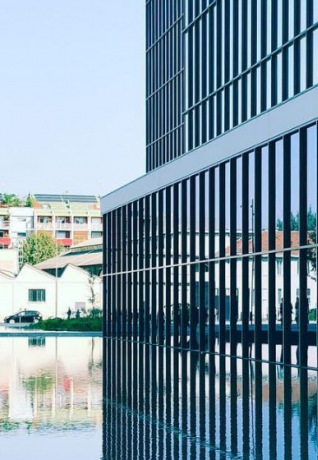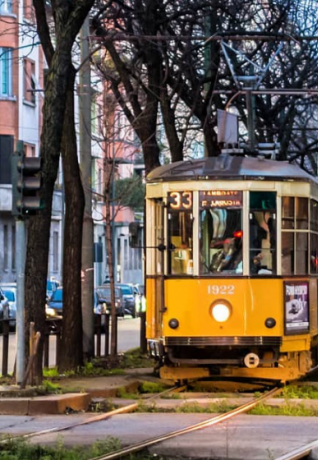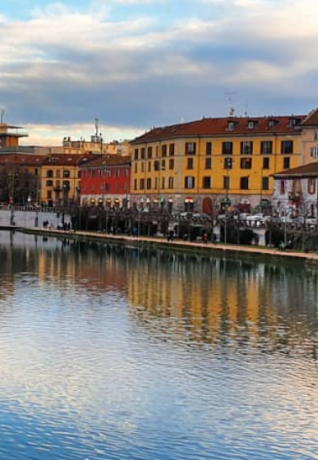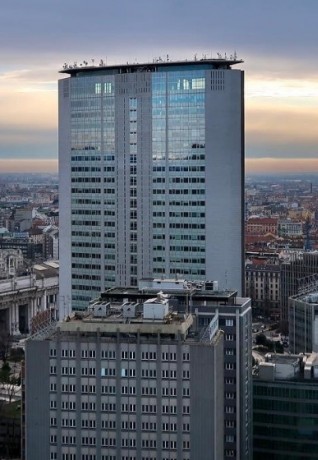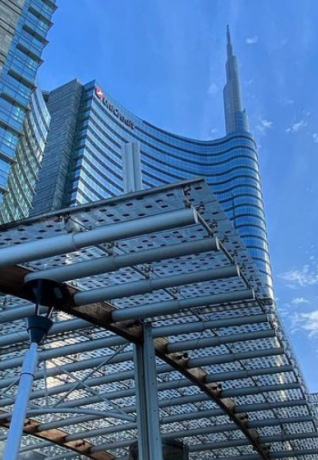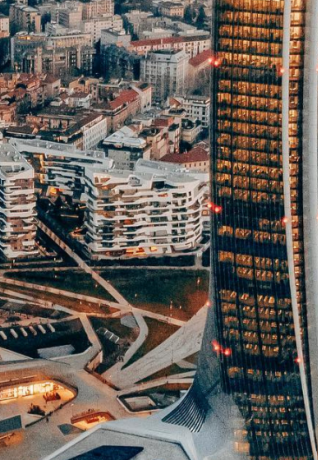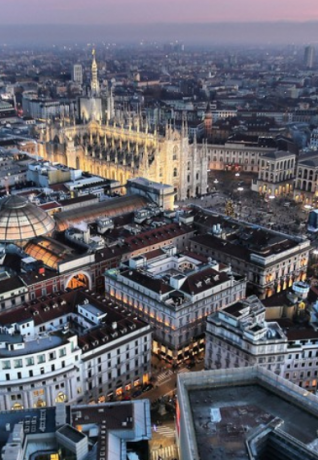YESMILANO WIRE, UPDATE MARCH 22ND 2021
This week: Milano City Transit Goes Green; the new Piazza Cordusio; Digital Milanese Style
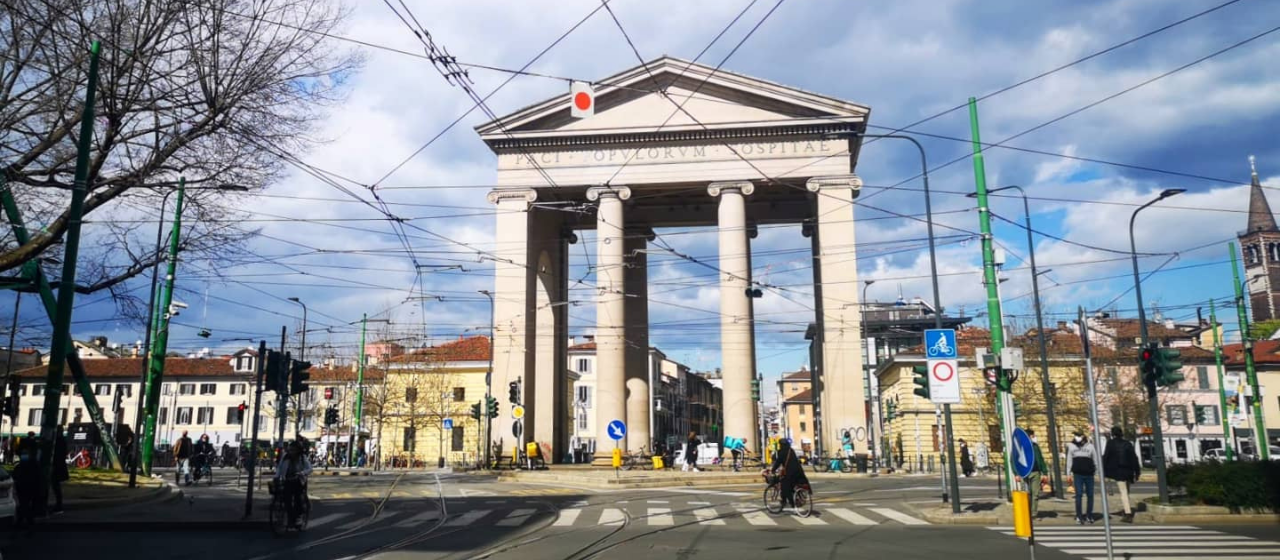
Every week, three news items on the upcoming future of Milano and its metro community
Alec Ross, technology adviser to Hillary Clinton during the Obama administration and author of the bestseller The Industries of the Future, has recently held a lectio magistralis during Milano Digital Week praising the city’s steps towards green mobility as economically as well as ecologically savvy.
The environmental credentials of Milano are confirmed by the activation of the first fast charging stations for the electric buses of ATM, the metro transit company controlled by the Municipality. In Viale Zara, near the subway station where the M3 yellow line and the M4 lilac line intersect, at the north of the city, thanks a electric pantograph controlled via wi-fi, the batteries of the #51, #60 and #82 buses get quickly recharged.
From Zara, go to M2 Cimiano, Largo Augusto and Bovisasca, respectively.
By 2021, two other charging stations will be activated, one near the Central Station and the other at Lambrate Station.
The fleet of electric buses, currently at 65 vehicles, will reach 180 units by the end of the year, with the aim of completely decarbonizing public bus transportation by 2030, with a fleet of 1,200 electric buses.
The elimination of internal combustion engines in buses will contribute to the reduction of smog, as per the city’s new air quality plan, and lead to a reduction in climate-altering emissions equal to 75,000 tons of carbon dioxide per year.
Milano is investing in ecological sustainability as key factor to redesign the city after Covid and boost its economy and international attractiveness.
Cordusio, a short walk from Duomo towards the Castle, used to be associated with banking and insurance groups having their headquarters there. This has changed since Starbucks created a luxury coffee house, featuring Princi’s pastry and a Wonka-looking roastery, out of the old palace that hosted the central post office.
Uniqlo, the Japanese clothing retailer appreciated by Milanese teenagers, has since followed suit.
Now FAO Schwarz, America’s oldest chain of toy stores, will open a 3-floor megastore in the building formerly of a financial institution.
It’s going to be Rockefeller Plaza style, says the Milanese daily Corriere della Sera with «six hundred square meters designed to reproduce the magic of the famous New York store». The first European flagship store of FAO Schwarz will open in Piazza Cordusio by 2021, thanks to the agreement signed between Andrea Bonomi's Prénatal group and the Californian ThreeSixty Group which controls the toy and game retailer. According to Prénatal, basing the store in Cordusio will provide easy access to this heaven dreamt for kids for all visitors coming to Milano.
Milano presents its “model for the analysis of benefits brought by digital”.
It is a tool that makes tangible the benefits that can accrue to citizens because of digital transformation in public administration.
The model is divided into three steps: data collection and identification of the industries and activities impacted by digital, comparison between analog and digital processes, and the calculation of resulting benefits.
The benefits obtained are summarized according to six indicators, three of which are specific to public administrations and three to individuals making use of their services, so that the double effect that digitization has in terms of improving the efficiency of the organizational structure of local government and improving the quality of service offered to residents becomes immediately apparent.
In fact, the Milano Metro Area is a digital industrial district in its own right.
The Chamber of Commerce of Milan, Monza Brianza and Lodi recently released significant data on the growth of digital industries in the metropolitan area: + 4.4% in the number of active companies, + 4.5% in terms of employees. Milan with the surrounding metropolitan region is a full-fledged digital district with almost 16,500 companies active in e-commerce, software production, IT consulting, telecommunications and web services. Offsetting an average employment loss of -2.2%, the digital industries of the Milano area actually added jobs (+4.5%), reaching the level of almost 180,000 employees at the end of 2020.
The sector, driven by e-commerce and software development, generated 46 billion euros in revenues and sees a greater presence of young people and women than other industries.

 Log in
Log in
